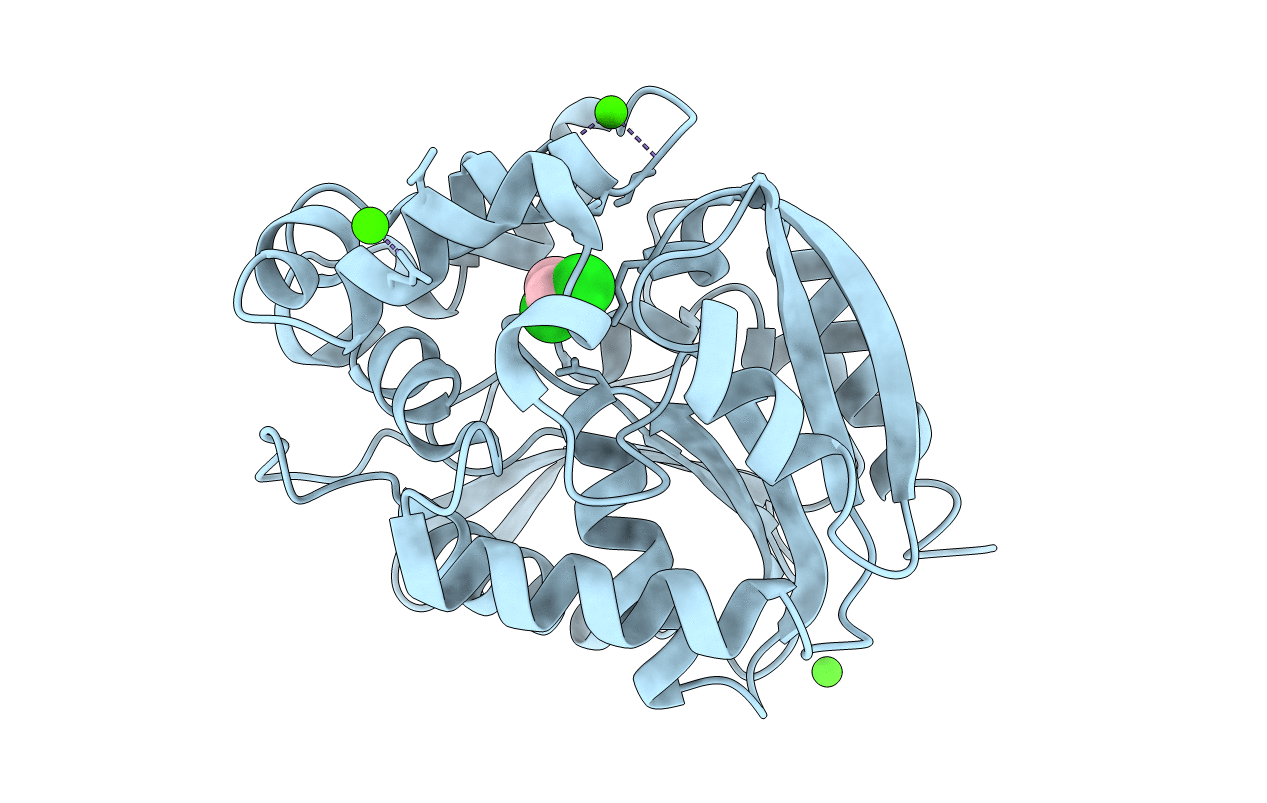
Deposition Date
2000-11-01
Release Date
2001-11-01
Last Version Date
2024-11-20
Entry Detail
Biological Source:
Source Organism:
Sphingomonas paucimobilis (Taxon ID: 13689)
Host Organism:
Method Details:
Experimental Method:
Resolution:
1.80 Å
R-Value Free:
0.19
R-Value Work:
0.17
R-Value Observed:
0.17
Space Group:
P 21 21 2


